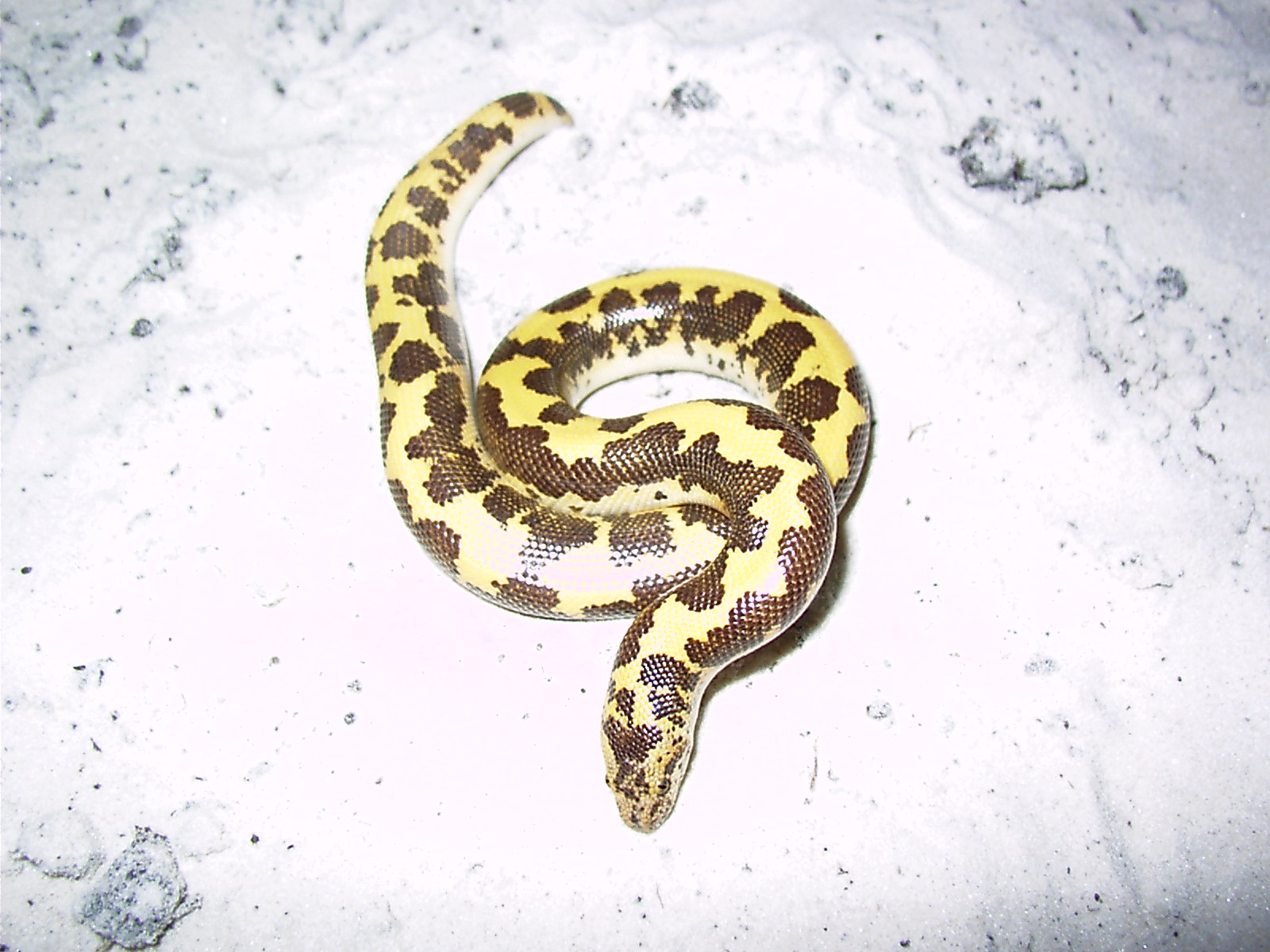- Gongylophis colubrinus
Taxobox
name = "Gongylophis colubrinus"

regnum =Animalia
phylum =Chordata
subphylum =Vertebrata
classis =Reptilia
ordo =Squamata
subordo =Serpentes
familia =Boidae
subfamilia =Erycinae
genus = "Gongylophis "
species = "G. colubrinus"
binomial = "Gongylophis colubrinus"
binomial_authority = (Linnaeus,1758 )
synonyms = * ["Anguis"] "colubrina" - Linnaeus, 1758
* "Eryx colubrinus" - Daudin, 1803
* "Eryx thebaicus" - Reuss, 1834
* "Eryx scutata" - Gray, 1842
* "E" ["ryx"] . "jaculus" var. "sennaariensis" - Jan, 1863
* "Eryx jaculus" var. "sennaariensis" - Jan & Sordelli, 1864
* "Eryx thebaicus" - Boulenger, 1893
* "E" ["ryx"] . "t" ["hebaicus"] . "thebaicus" - Stull, 1932
* "Eryx thebaicus loveridgei" - Stull, 1932
* "Eryx colubrina" - Flower, 1933
* "Eryx rufescens" - Ahl, 1933
* "Eryx colubrinus colubrinus" - Stull, 1935
* "Eryx colubrinus loveridgei" - Stull, 1935
* "Gongylophis" ("Neogonglyophis") "colubrinus" - Tokar, 1989McDiarmid RW, Campbell JA, Touré T. 1999. Snake Species of the World: A Taxonomic and Geographic Reference, vol. 1. Herpetologists' League. 511 pp. ISBN 1-893777-00-6 (series). ISBN 1-893777-01-4 (volume).]:"Common names: Egyptian sand boa.Mehrtens JM. 1987. Living Snakes of the World in Color. New York: Sterling Publishers. 480 pp. ISBN 0-8069-6460-X.] ""Gongylophis colubrinus" is a non-venomous boa
species found in northernAfrica . Nosubspecies are currently recognized.ITIS|ID=634813|taxon="Gongylophis colubrinus"|year=2007|date=23 November]Description
Adult specimens are rarely more than 61 cm (2 feet) in length. These snakes are heavily built with small heads, small eyes, and short tails. The color pattern may consist of a yellow or orange coloration overlaid with dark brown splotches. The belly and is white or cream colored.
Common names
Egyptian sand boa. Publications that recognize the subspecies "G. c. loveridgei" may refer to it as the Kenyan sand boa.
Geographic range
Found in northern
Africa fromEgypt as far west asNiger (Aïr), includingSomalia ,Ethiopia ,Sudan ,Kenya , and northernTanzania . A single specimen has been reported fromYemen . The type locality given is "Ægypto"Habitat
Occurs in semi-desert and scrub savannahs and rock outcroppings. Prefers sandy, friable soil.
Behavior
During the hotter times of the year, they seek refuge beneath stones and in the burrows of small mammals.
Feeding
These snakes spend most of their time in shallow burrows with only their head exposed. They feed on small mammals that are quickly seized when passing within striking range and killed by constriction.
Reproduction
Ovoviviparous , giving birth to live young that are 20-25 cm (8-10 inches) in length.Taxonomy
Stimson (1969) recognized two subspecies: "E. c. colubrinus" and "E. c. loveridgei", but mentioned that a number of other authors, including Loveridge (1936), Scortecci (1939), Parker (1949) and Ahl (1933), questioned whether "E. c. loveridgei" was valid and considered the species to be monotypic with geographic variation.
When recognized, "G. c. loveridgei" is is said to occur in the southern part of the range and is described as being more orange in color.
ee also
*
List of erycine species and subspecies .
*
*References
External links
*
* [http://www.sandboapage.com/ Kenyan sand boa] at [http://www.sandboapage.com/ Sandboapage.com] . Accessed16 July 2008 .
Wikimedia Foundation. 2010.
